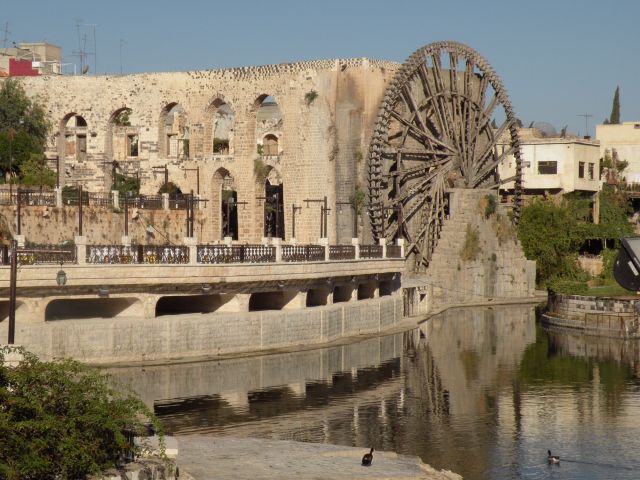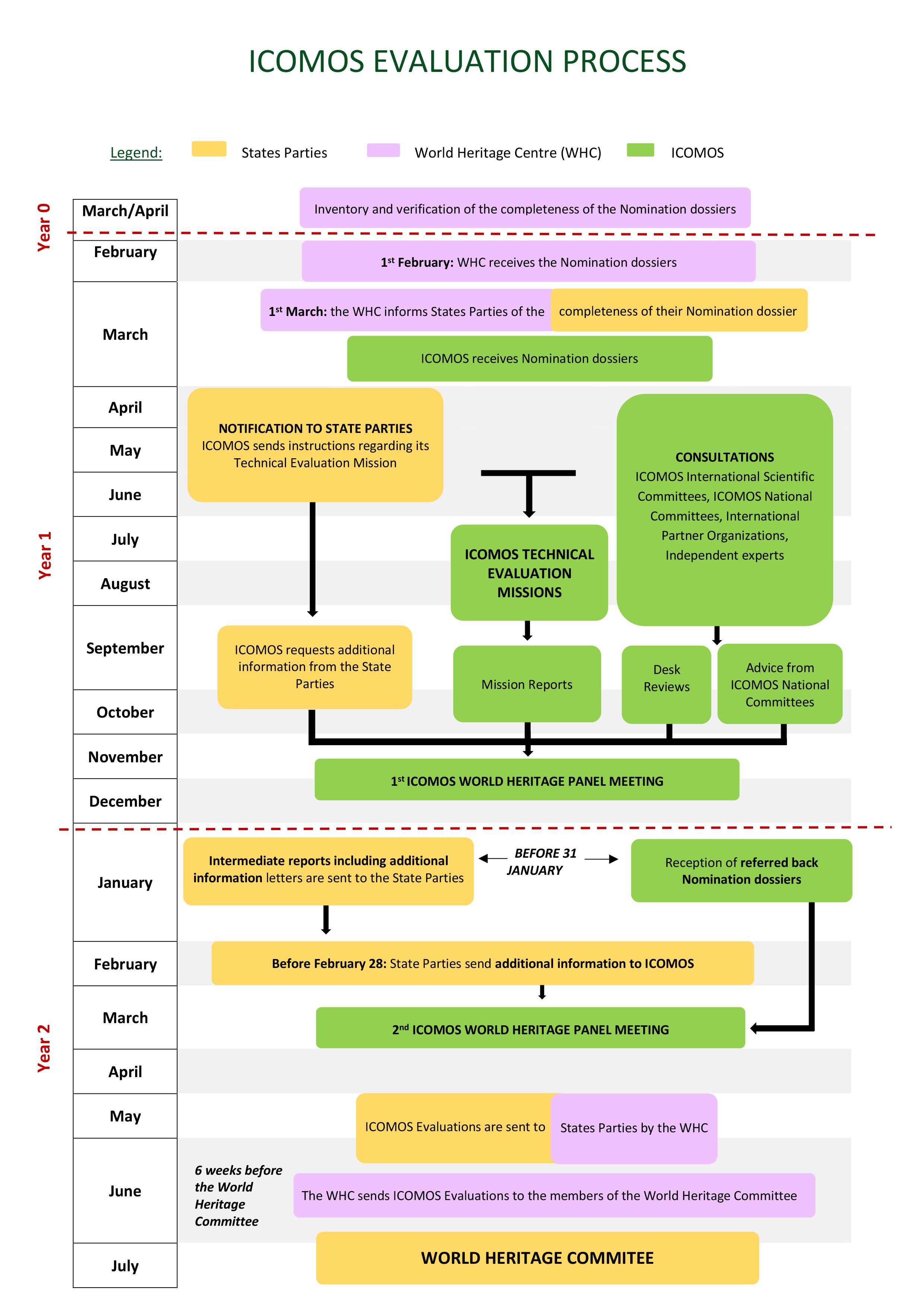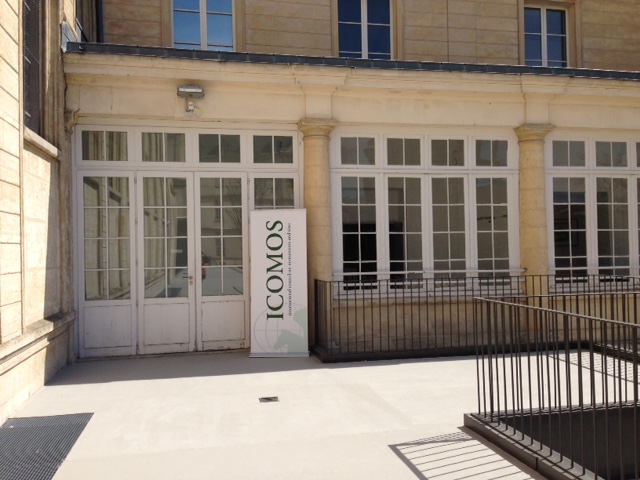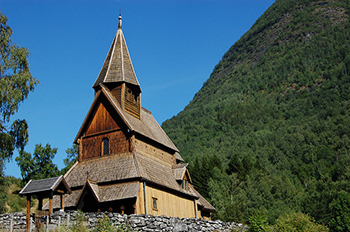Studies on the World Heritage List

Thematic Studies
ICOMOS undertakes comparative and thematic studies, often with partner organizations, in order to provide a synthesis of current research and knowledge on a specific theme and/or region. In particular, these studies provide State Parties wishing to submit a property for inscription on the World Heritage List with a framework to carry out comparative analyses. See Thematic Studies
The World Heritage List: Filling the gaps - An Action Plan for the Future
Commonly referred to as the "Gap Report", this 2005 report is the result of a study carried out as part of the Global Strategy for a Balanced, Representative and Credible World Heritage List. Through an analysis of the properties inscribed on the World Heritage List, this publication identifies the categories of sites and the regions that are best and least represented today. It also observes the trends for the future revealed by the tentative lists, before suggesting measures to achieve a better representativeness of the World Heritage List. ICOMOS is currently working on the updating of this study. See the Gap Report
Photo: One of Hama's waterwheels on Orontes river (Syria) © Nancy Goldring / ICOMOS




